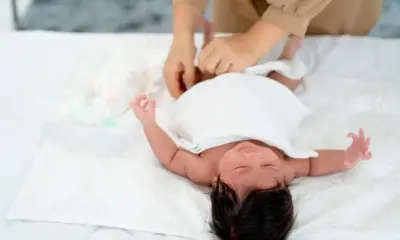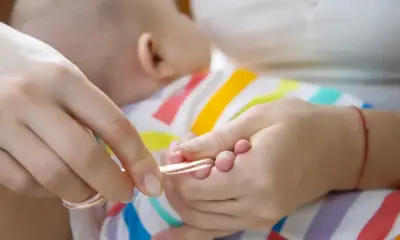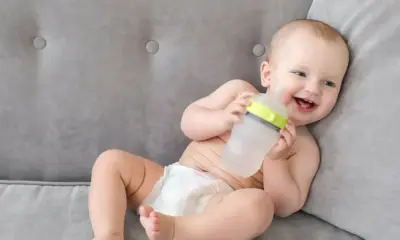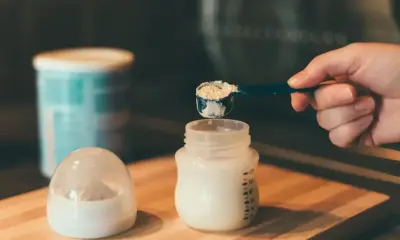Sleep
Is It Safe for Babies to Sleep on the Floor? Benefits and Tips
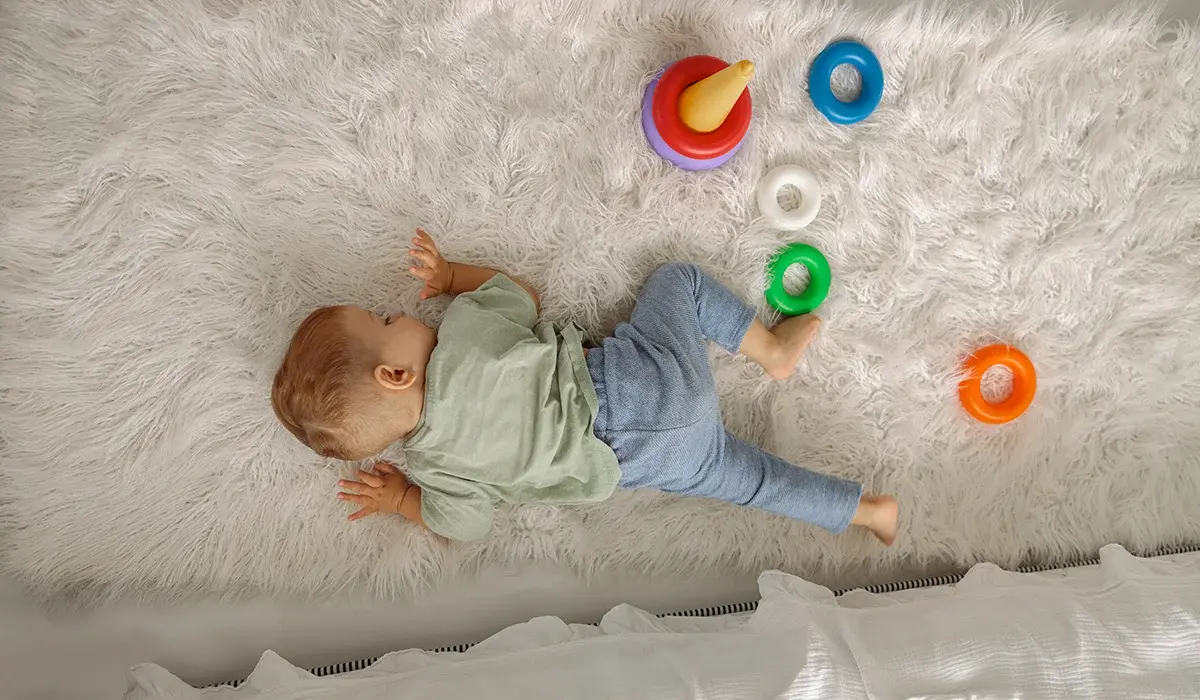
Baby Floor Sleep Safety: A Complete Guide for Parents
When it comes to your baby’s sleep environment, ensuring safety is your top priority. Baby floor sleep safety is a growing trend among many parents, but it’s crucial to understand its benefits and potential risks. In this comprehensive guide, we will explore everything you need to know about baby floor sleep safety, from the advantages to the essential safety precautions.
Is Sleeping on the Floor Safe for Babies?
Many parents wonder: Is sleeping on the floor safe for babies? According to safety standards by health organizations like the Canadian government, babies should sleep on their backs on a firm surface. While a firm floor can provide a safe sleeping area, it’s important to consider the various factors involved. Always consult your pediatrician before opting for floor sleep, as individual circumstances can vary.
While some parents might have reservations, the practice has notable benefits when safety guidelines are followed.
The Benefits of Baby Floor Sleep Safety
Sleeping on the floor can offer several advantages for both parents and babies. Here’s why you might consider baby floor sleep safety for your little one:
1. Easier Sleep Transitions Anywhere
One of the primary benefits of baby floor sleep safety is flexibility. Your baby can nap anywhere, anytime, without the need for bulky cribs or bassinets. Whether at home or while traveling, you only need a simple blanket or mattress on the floor to create a comfortable sleeping spot.
2. Promotes Sound Sleep for Both Baby and Parents
Many parents find that their baby sleeps more soundly on the floor. With a floor mattress, there’s no need for frequent movements in and out of a crib. This creates a more peaceful sleep environment for both your baby and you, especially for nighttime feeds.
3. Eliminates Fall Risks
As your baby grows and starts rolling over, falling out of a crib becomes a concern. With baby floor sleep safety, there is no chance of your baby falling out, as the floor is a firm, spacious surface. This provides peace of mind for parents, especially when babies begin to move more.
4. Helps Reduce the Risk of SIDS
Sudden Infant Death Syndrome (SIDS) is a real concern for parents. A flat, firm surface is essential to reduce the risk of suffocation or entrapment. Using a floor mattress without soft bedding or pillows supports safer sleep and reduces the risks associated with SIDS.
5. Encourages Motor Skills and Independence
Baby floor sleep safety also promotes your baby’s development. When babies sleep on the floor, they have the freedom to move, stretch, and explore their surroundings. This supports the development of motor skills and fosters independence.
6. Improves Parent-Baby Bonding
For many families, sleeping on the floor facilitates co-sleeping in a safer way. This arrangement allows for closer bonding time with your baby, enhancing your connection without the risks associated with traditional crib co-sleeping.
How to Ensure Baby Floor Sleep Safety: Essential Tips
While baby floor sleep safety offers several benefits, it’s essential to follow specific precautions to ensure a secure environment for your baby. Here’s how you can make floor sleep safe for your little one:
1. Choose a Firm, Flat Mattress
A firm and flat surface is essential for safe floor sleep. Avoid soft pillows, blankets, or mattresses that can increase the risk of suffocation. Make sure the mattress is snug and secure to prevent it from shifting.
2. Keep the Room Cool and Ventilated
To avoid overheating, ensure the room is well-ventilated. A ceiling or portable fan can help circulate air and maintain a comfortable temperature for your baby. Dress your baby in breathable, loose clothing to further reduce the risk of overheating (5).
3. Baby-Proof the Entire Room
Once your baby becomes mobile, baby-proofing the room becomes necessary. Remove any sharp objects, cords, or small items that could pose choking hazards. Secure heavy furniture to the walls to prevent tipping accidents.
4. Avoid Soft Rugs or Bedding
Do not place rugs, bean bags, or other soft items near your baby’s sleeping area. These items could obstruct your baby’s breathing or cause them to overheat. Keep the floor clean and free of any items that could cause discomfort or harm.
5. Secure Electrical Cords and Curtains
Make sure all electrical cords, window blinds, and curtains are kept out of your baby’s reach. Electrical items should be secured, and blinds should be high enough to prevent entanglement.
6. Use Safe Mosquito Protection
If you live in an area with a high mosquito population, consider installing mosquito nets around your baby’s sleeping area. Avoid using chemical repellents on or near your baby. Choose baby-friendly, non-toxic options to keep insects at bay.
Conclusion: Is Baby Floor Sleep Safety Right for You?
Baby floor sleep safety offers several benefits, including promoting better sleep, reducing fall risks, and encouraging independence. However, it’s essential to follow proper safety guidelines to ensure a secure sleep environment for your baby. By choosing a firm surface, baby-proofing the room, and following the tips outlined above, you can create a safe space for your baby to sleep on the floor.
Before making any changes to your baby’s sleep routine, it’s always a good idea to consult your pediatrician to ensure it’s the right choice for your little one. With the proper precautions, baby floor sleep safety can be a beneficial sleep arrangement for your baby’s well-being.
For more tips on creating a safe and healthy sleep environment for your baby, explore our website and stay informed!

Courtesy of Mom Junction
Key Takeaways
- Baby floor sleep safety can reduce risks such as suffocation and falls.
- A firm, flat mattress is essential for safe floor sleep.
- Baby-proof the room to eliminate hazards.
- Consult your pediatrician before introducing floor sleep.
- Co-sleeping on the floor can enhance bonding without risks.
Explore more about baby sleep safety and other parenting tips on our website to keep your baby safe and healthy.

